Non-Woven Geotextile Fabric: The Unsung Hero of Construction
Introduction
In the world of construction, where strength and durability are paramount, non-woven geotextile fabric has emerged as an unsung hero. This versatile material plays a crucial role in a wide range of applications, from roads and drainage systems to landfills and erosion control. But what exactly is non-woven geotextile fabric, and how does it contribute to the success of construction projects?
What is Non-Woven Geotextile Fabric?
Unlike woven fabrics that interlace yarns, non-woven geotextile fabric is created by bonding fibers together. This process, often using needle punching or heat bonding, results in a durable and permeable material with exceptional properties.
Types of Non-Woven Geotextile Fabrics:
- Needle-punched geotextile fabric: Created by mechanically interlocking fibers with barbed needles. This results in a strong and highly permeable fabric.
- Heat-bonded geotextile fabric: Manufactured by applying heat and pressure to fuse fibers together. This creates a smoother, more dimensionally stable fabric.
The Advantages of Non-Woven Geotextile Fabric in Construction
1. Superior Drainage:
Permeable geotextile fabric allows water to pass through while preventing the movement of soil particles. This is crucial for drainage systems, preventing clogging and ensuring long-term performance.
2. Enhanced Separation:
Imagine building a road on soft, unstable ground. Non-woven geotextile material acts as a separator, preventing the intermixing of different soil layers. This maintains the integrity of the foundation, increasing its load-bearing capacity.
3. Erosion Control Champion:
Erosion can wreak havoc on construction sites. Erosion control geotextile fabric acts as a protective barrier, shielding the soil from wind and water erosion. This is especially important on slopes and embankments.
4. Reinforcement for Increased Stability:
High-strength geotextile fabric can reinforce soil structures, enhancing their stability. This is particularly beneficial in road construction, where it distributes loads evenly and prevents pavement deformation.
5. UV Resistance for Long-Lasting Performance:
Exposed to the elements, construction materials need to withstand harsh conditions. UV-resistant geotextile fabric offers excellent resistance to ultraviolet degradation, ensuring long-term performance and reducing maintenance costs.
Applications of Non-Woven Geotextile Fabric in Construction
1. Road Construction:
Geotextile fabric for roads plays a critical role in:
- Stabilizing subgrades
- Improving drainage
- Preventing potholes and cracks
- Extending the lifespan of the road
2. Drainage Systems:
Geotextile fabric for drainage is essential for:
- Wrapping drainage pipes
- Preventing clogging from soil particles
- Maintaining efficient water flow
3. Erosion Control:
Erosion control geotextile fabric is widely used in:
- Slope stabilization
- Channel lining
- Shoreline protection
4. Landfills:
Geotextile fabric for landfills is crucial for:
- Separating waste from the surrounding soil
- Preventing groundwater contamination
- Creating a stable base for waste containment
Choosing the Right Non-Woven Geotextile Fabric
With so many options available, selecting the right non-woven geotextile fabric for your project is crucial. Factors to consider include:
- Application: Different applications require specific fabric properties.
- Load Requirements: The fabric must withstand the expected loads.
- Soil Conditions: Soil type influences permeability and drainage needs.
- Environmental Factors: UV exposure, temperature fluctuations, and chemical exposure play a role.
How to Choose the Right Non-Woven Geotextile Fabric:
- Consult with Experts: Reach out to geotextile suppliers or engineers.
- Perform Site Analysis: Understand the specific requirements of your project.
- Review Product Specifications: Compare properties like tensile strength, permeability, and UV resistance.
Geotextile Fabric Installation Guide
Proper installation is key to maximizing the effectiveness of non-woven geotextile fabric.
Key Steps for Successful Installation:
- Prepare the Subgrade: Ensure a smooth and compacted surface.
- Roll Out the Fabric: Overlap seams according to manufacturer recommendations.
- Secure the Fabric: Use appropriate anchoring methods to prevent movement.
- Backfill Carefully: Avoid damaging the fabric during backfilling.
Case Studies of Non-Woven Geotextile Fabric Applications
Real-world examples showcase the effectiveness of non-woven geotextile fabric:
- Highway Construction: A case study demonstrated how non-woven geotextile fabric improved the performance and longevity of a highway, reducing maintenance costs.
- Erosion Control on a Steep Slope: Erosion control geotextile fabric successfully stabilized a steep slope, preventing soil loss and protecting nearby structures.
- Landfill Expansion: Non-woven geotextile fabric played a vital role in expanding a landfill, ensuring proper waste containment and environmental protection.
Geotextile Fabric Properties and Testing
Various tests determine the suitability of non-woven geotextile fabric for specific applications:
- Tensile Strength Test: Measures the fabric’s resistance to tearing.
- Puncture Resistance Test: Evaluates the fabric’s ability to withstand punctures from sharp objects.
- Permeability Test: Determines the rate at which water flows through the fabric.
- UV Resistance Test: Assesses the fabric’s durability when exposed to ultraviolet radiation.
Conclusion
Non-woven geotextile fabric has revolutionized the construction industry, offering a wide range of benefits that enhance project success and longevity. From roads and drainage systems to erosion control and landfills, this versatile material provides cost-effective solutions for a sustainable future. By understanding the different types, applications, and installation methods of non-woven geotextile fabric, construction professionals can make informed decisions that improve project outcomes and contribute to a more resilient built environment.
FAQs about Non-Woven Geotextile Fabric:
1. What is the lifespan of non-woven geotextile fabric?
The lifespan varies depending on factors like material quality, installation, and environmental conditions. However, high-quality geotextile fabric can last for decades.
2. Is non-woven geotextile fabric environmentally friendly?
Yes, it is considered an environmentally friendly material. It helps prevent soil erosion, reduces the need for aggregate materials, and can be manufactured from recycled materials.
3. Can I install non-woven geotextile fabric myself?
While it’s possible, proper installation is crucial for optimal performance. Consulting with a professional installer is recommended, especially for larger or more complex projects.
Contact Us:
For all your non-woven geotextile fabric needs, contact Favourite Fab today!
Email: sale@favouritehub.com
WhatsApp: +91 95288811566




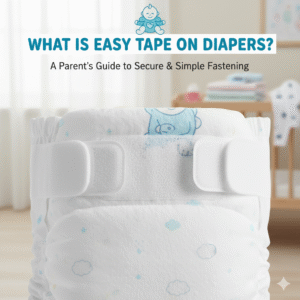
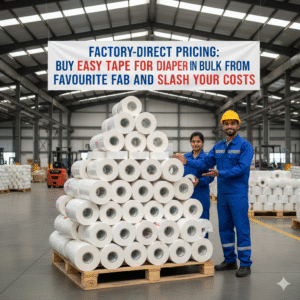
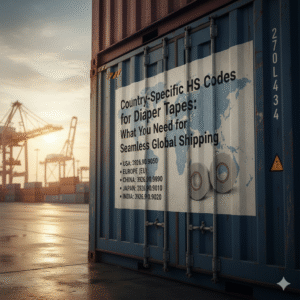

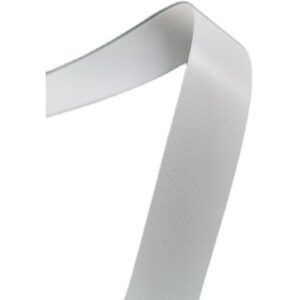
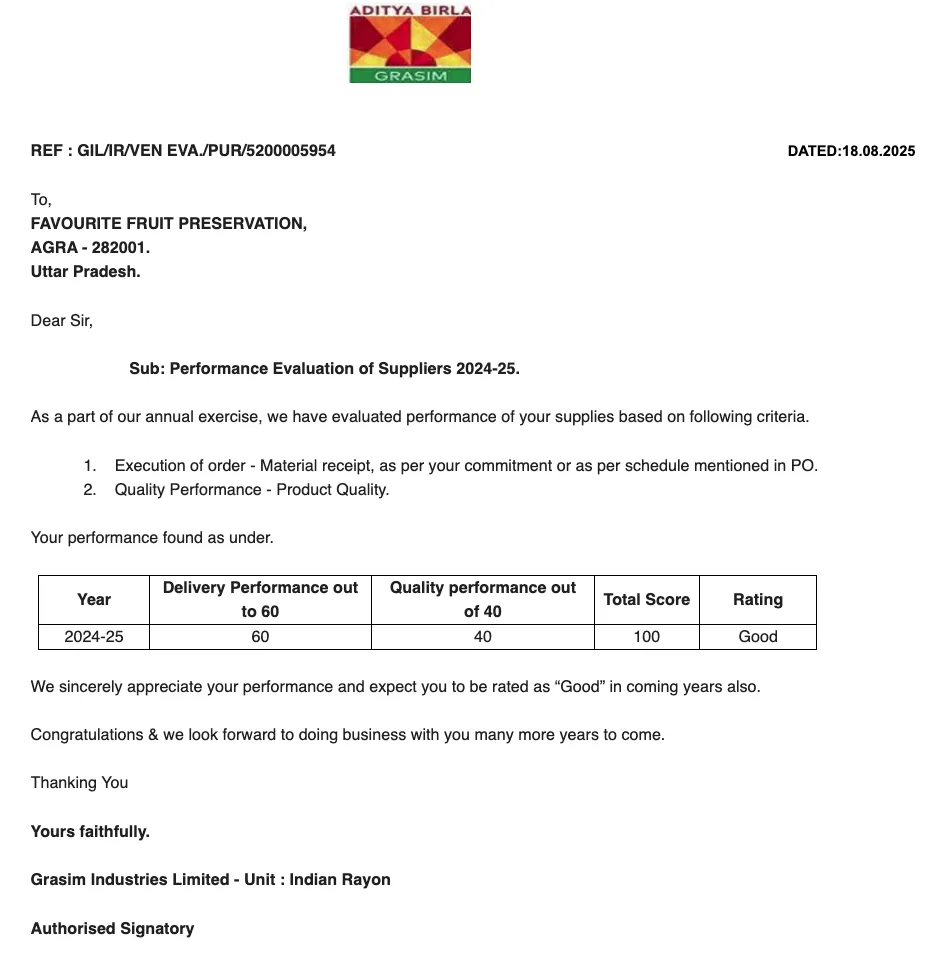




























We Do Business On Trust.Our Nonwoven fabric Business is Built on trust. Trust starts with Transparency.
Mr.Ramniwas Garg Founder Of Favourite Group